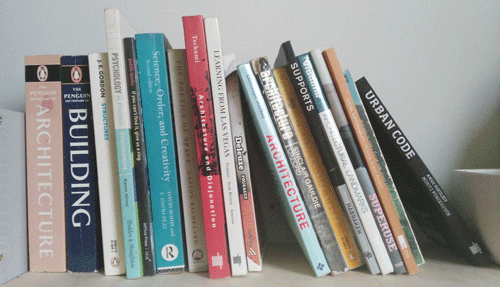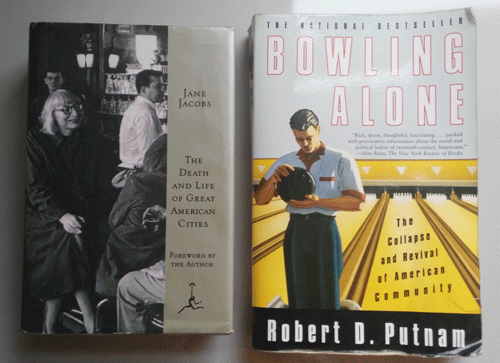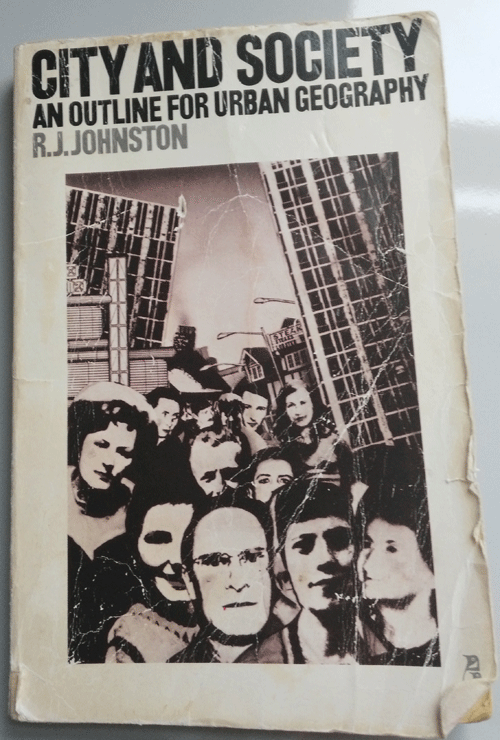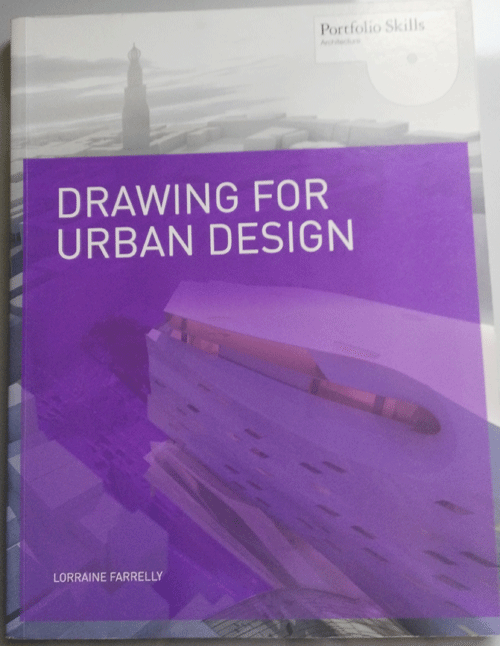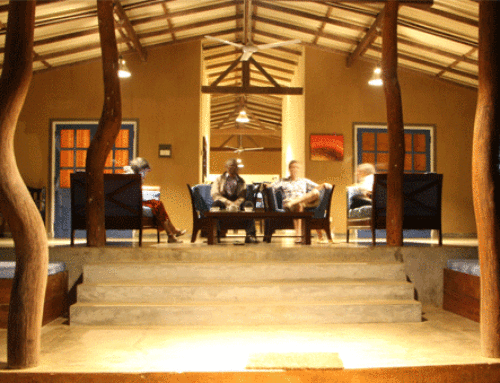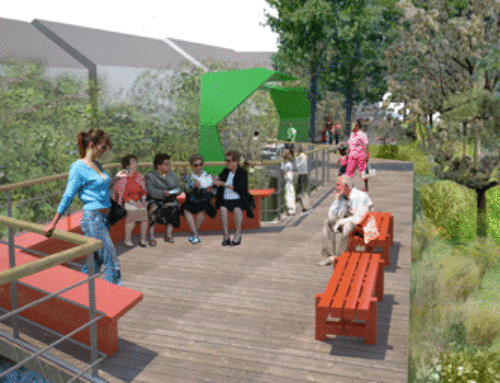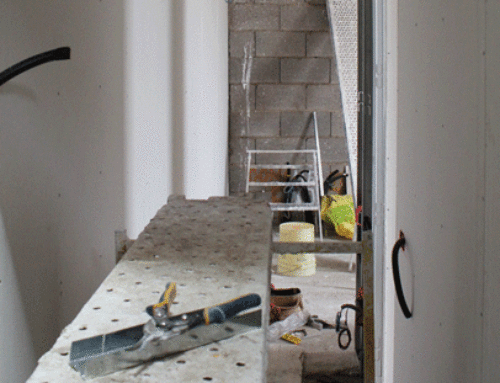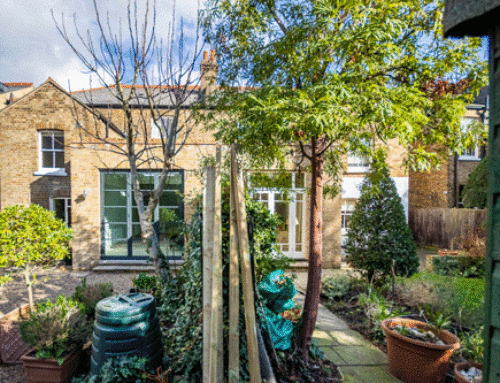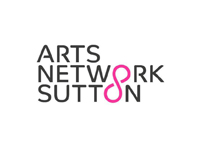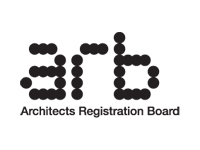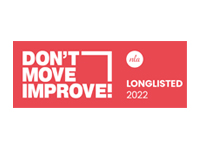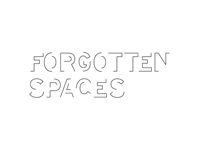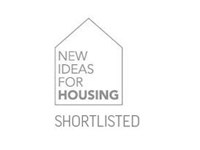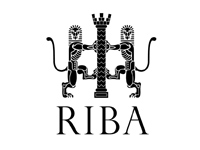A Christmas Reading List on Urban Design
I was recently asked by an Architect for some tips on what to read to develop an interest in Urban Design.
My first response was to think back to my Urban Design and Sustainable Place Making Masters reading list– but then, quickly realized that most people don’t have the luxury of 12 hours a day, 7 days a week for a whole year to read up on their topic of choice.
So, sticking to the top ten theme, I’m recommending a top 10 books/ publications that are essential reading to develop an interest in urban design. You could ask Santa for these but many are available to download free of charge:
#1 The Death and Life of Great American Cities, Jane Jacobs
This is an obvious classic and one that many of you will have read; but, probably not from cover to cover and possibly not for a while. It’s also surprisingly hard to get hold of.
Despite that I recommend that every serious Urban Designer has their own copy (maybe a digital one will be easier to get hold of and take up less space), if only to remind them that observation and clarity of thought are sometimes more valuable than 7 years of education.
The thing about this book is, it seems very obvious to us now, but at the time it really wasn’t. The genius of the book is how well things are articulated so that it now seems like common sense to us.
It is important to read this book in context. We can read it with the benefits of hindsight and it is best read after a trip to Greenwich Village in New York where you can see the good, bad and ugly of the theory in action.
You have to make up your own mind what the key messages are are; I get something different every time I read it, though the chapters that have left a lasting impression are those on the relationship between economic diversity and physical diversity.
#2 Bowling Alone, Robert Putnam
Another fairly obvious one, but again I recommend reading from cover to cover and to anyone with an interest in society, not just the built environment. It will resonate with anyone who has lived in a city and ever felt the nagging loneliness and dislocation of modern life.
The wonderful thing about this book is that it offers both hard evidence and solutions to problems of lack of social connection and social meaning that are at the heart of so many ‘symptoms’ such as poor health and lowered quality of life. This book is hugely relevant to Urban Design as well as the way we as citizens live our lives.
Again, it is set in America, but it is surprising how translatable many of the ideas are.
#3 Manual For Streets, DCLG
You won’t be reading this one on the train but, it is an essential publication for anyone working in Urban Design.
I actually hadn’t read this whilst studying, but referred to it on a weekly basis in practice. If you’re well versed in this when working on masterplanning projects in practice, you will be streets ahead of most Architects(!)
#4 The Essex Design Guide, Essex County Council/ Urban Design Compendium, HCA
Two of the most comprehensive planning and design documents relevant to urban design practice in the UK. You will find that much local planning policy is based on these documents and they incorporate a lot of the most recent urban design research as they are regularly updated.
Again, these area best as a reference tool, but useful to be familiar with. I’ve put them together, because they are useful in a similar way.
#5 CABE the Value of Urban Design, CABE
If you aren’t already convinced by the value of urban design, you might not have got this far on the list, but this publication contains some really interesting and useful research to persuade anyone of the actual value of urban design in cold hard economic terms.
It would be good to see similar research done on the value of good design in general as though most Architects take it for granted, we sometime shave less luck convincing our clients.
CABE have a lot of excellent publications available free in their archived content, relating to urban design. They cover everything from community consultation to creating masterplans. Definitely worth a browse.
#6 Prosperity without Growth: Economics for a Finite Planet by Tim Jackson
This was a real eye opener to me. Strictly speaking it is about our economic and ideological political stance in the developed world. But, its relevance to urban design and indeed all design in the age of climate change cannot be underestimated.
If you’ve ever found yourself wondering if unlimited economic growth is either feasible or desirable, this publication offers some answers.
The ideas in it have influenced so many of the opinions I hold about the place of urban design and how we should be approaching growth in our cities. It’s essential reading for everyone in my eyes.
#7 City & Society by R J Johnston
This is a tough read, but persevere; it’s another eye-opener for anyone from an architectural background as it covers aspects of planning theory, economics and politics in a way that you probably won’t have come across before. It draws links between the economic and social in ways that are not obvious at first, so you’ll find yourself looking at the spatial organisation of cities in an entirely different way.
It is an older book so it’s best used to understand the historical context and to build up a knowledge base rather than for practical work. It is also quite academic though intended to be narrative so just be ready to re-read some of the pages. Fortunately it’s not actually that long or heavy so it’s a good one for taking on holiday when you have the brain-space to take it in.
#8 Drawing for Urban Design, Lorraine Farrelly
The equivalent of the Architectural Graphics book by Ching that was on most of our architectural reading lists, but much better. It contains some nice images and graphics that will inspire you to experiment with hand sketches, digital models and diagrams.
#9 Information is Beautiful, David Mccandless
This should be paired with the above for inspiration on clever ways to present information. So much of what you do as an urban designer is research based, being able to present complex data well in easy to understand and attractive ways is a useful skill to have, especially if you get into the public consultation side of things.
It’s also a nice coffee table book to have as it contains all sorts of interesting facts, but if you don’t want to splash out on the hard cover book, the website is readily available for browsing: http://www.informationisbeautiful.net/
#10 Life Between Buildings by Jan Gehl
This is set to be a classic and particularly isnpiring because Gehl has managed to put so many of his ideas into practice around the world, but most notably in his home city of Copenhagen. A study trip there is advisable to get the most out this book!
The above is by no means a comprehensive list, there are many important thinkers that have influenced the direction of urban design theory that should be read, the likes of Kevin Lynch, Gordon Cullen, Ebeneezer Howard…(the list goes on). All have to be read to understand the history of this subject.
However, I’d say the most important thing in urban design reading is to read widely and gain a basic understanding of economics, culture, sociology and politics as well as architectural history. Beyond that, as Jane Jacobs demonstrated, involvement in your local community is as essential as any reading you can find the time to do. Good luck!
Please share this post with anyone who would like to improve their understanding of Urban Design principles. If you’d like to be kept notified of new posts of a similar variety e mail us: info@wsms-studio.com
